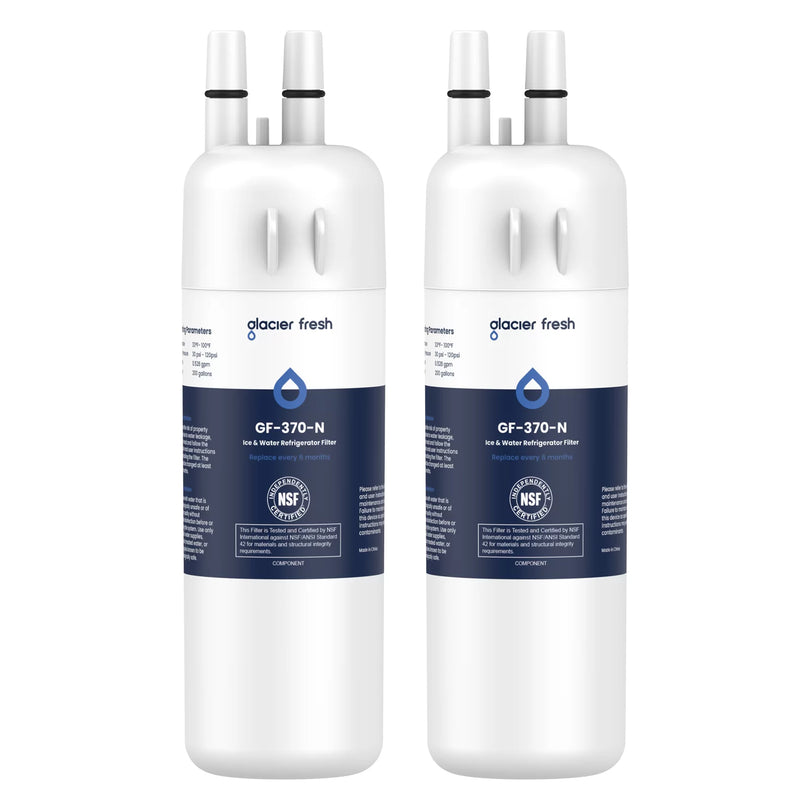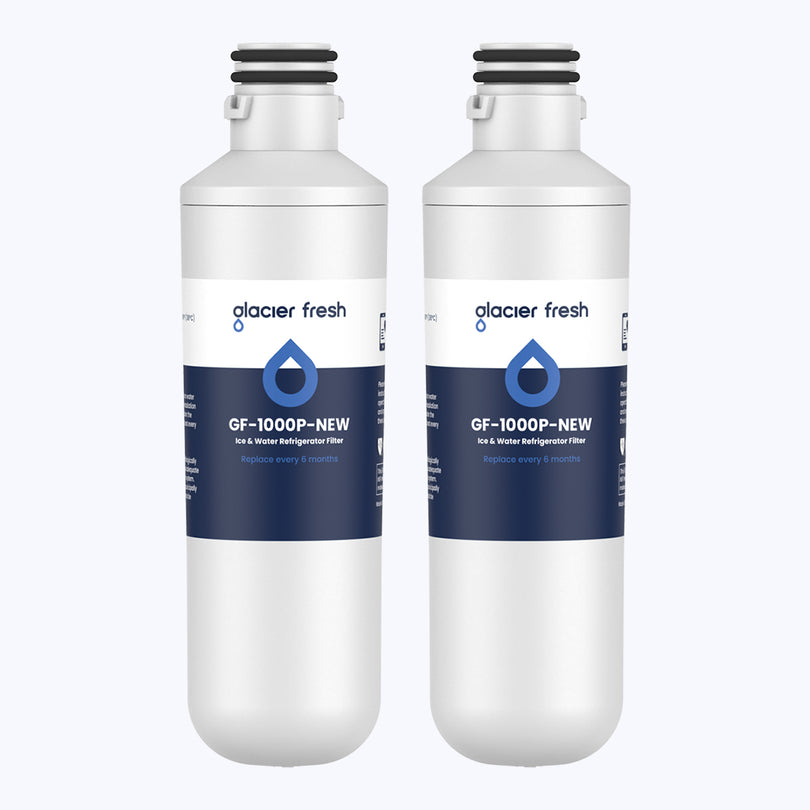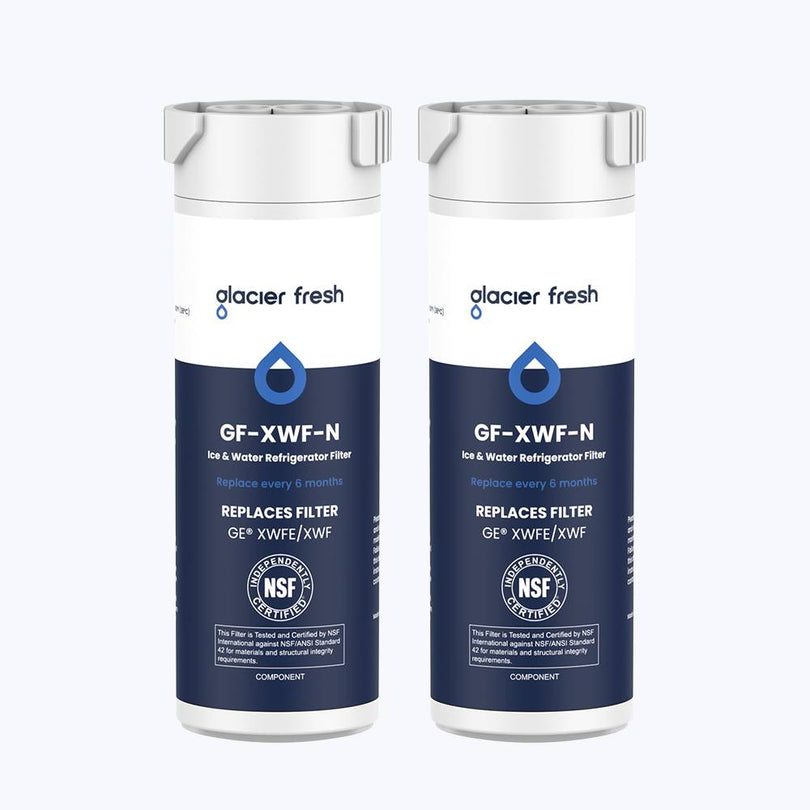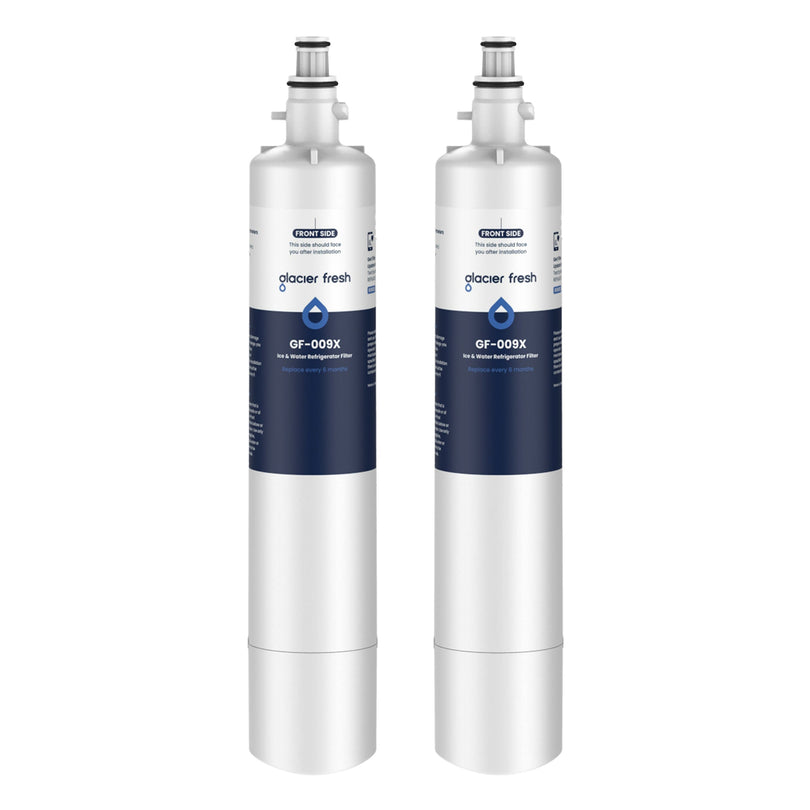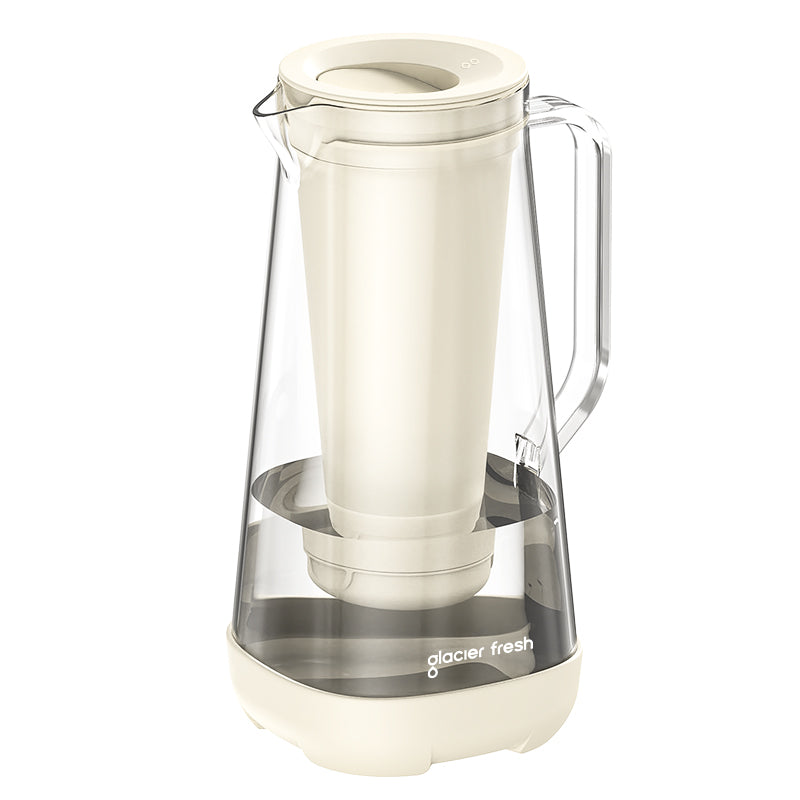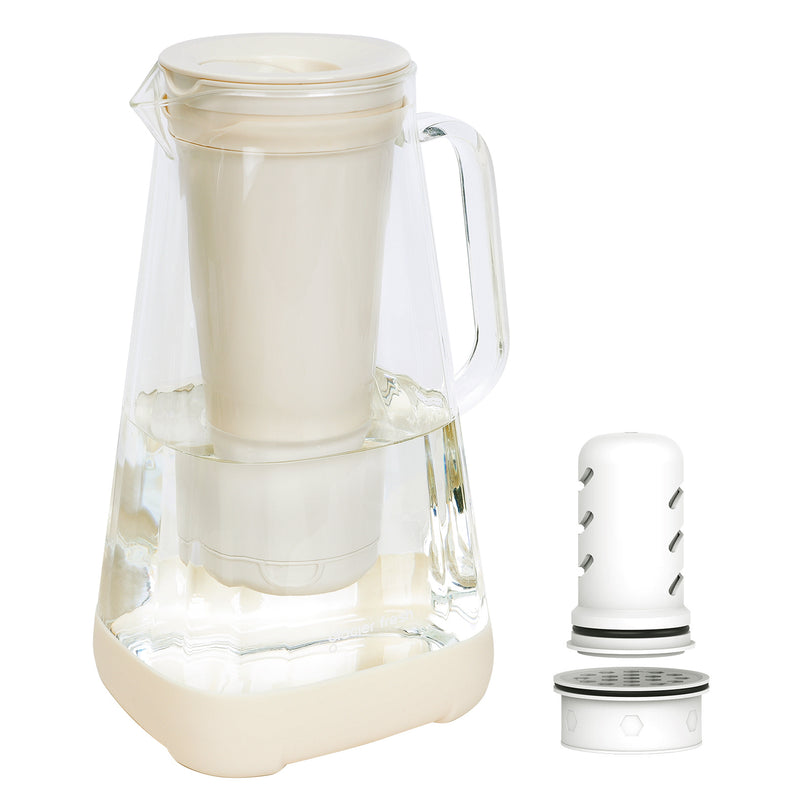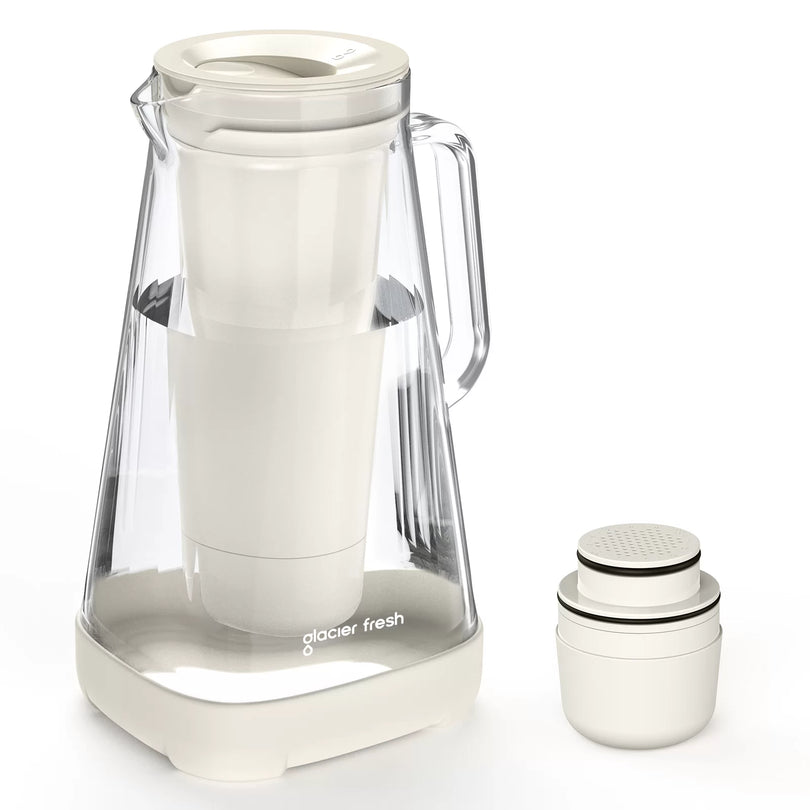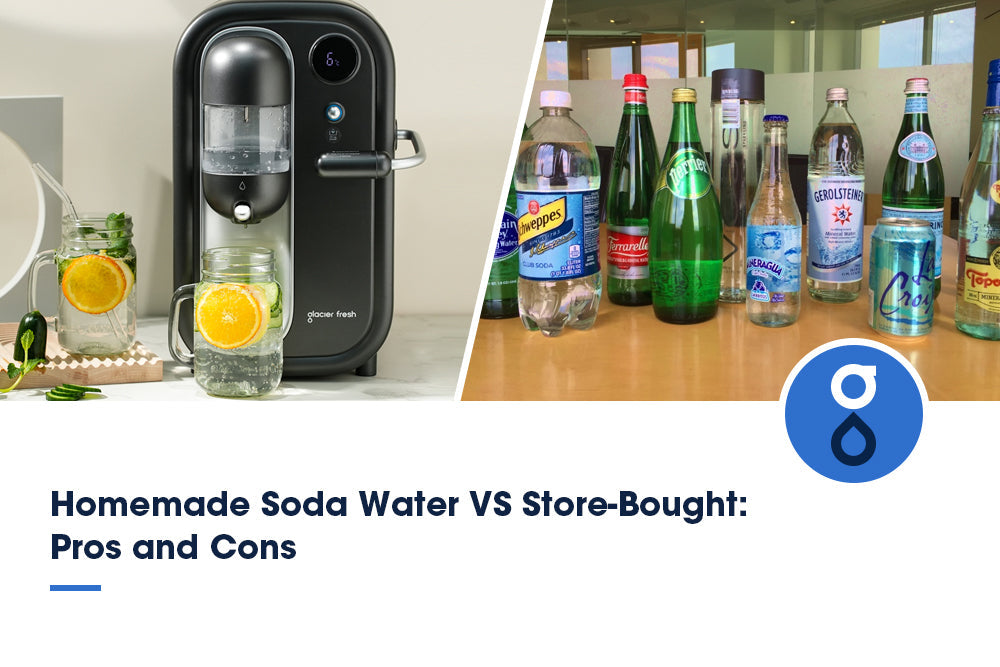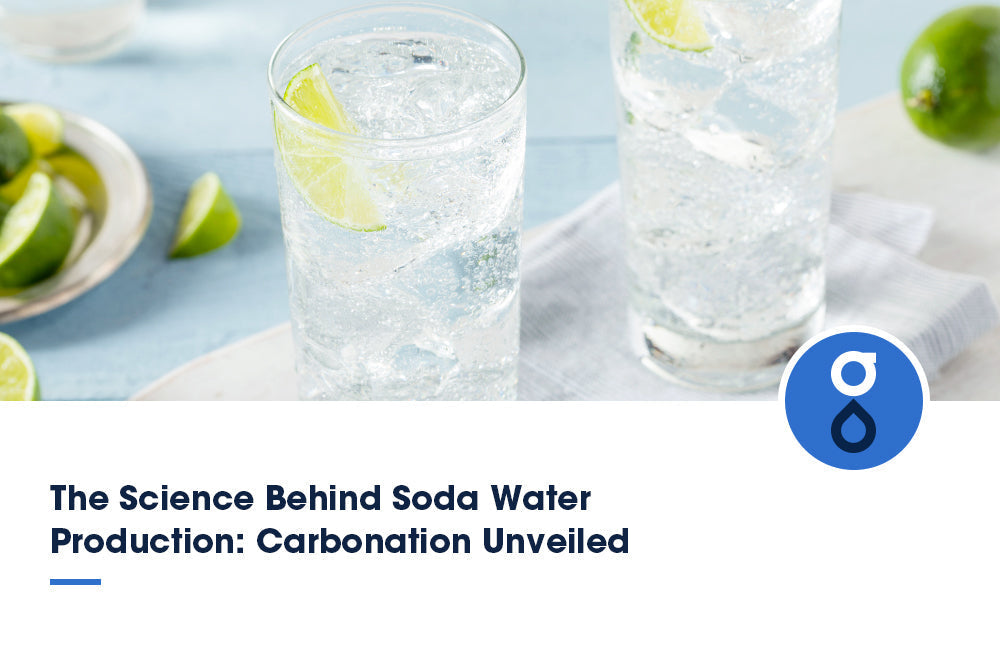Table of Contents:
Entdeckung und Entwicklung von PFAS
Industrielle Anwendungen von PFAS
PFAS in Verbraucherprodukten
Umweltbelange und -vorschriften
Zukunftsaussichten und Alternativen zu PFAS
FAQs
Abschluss
Sie haben wahrscheinlich noch nie von PFAS gehört, aber sie sind überall um Sie herum. PFAS, die Abkürzung für Per- und Polyfluoralkylsubstanzen, sind eine Gruppe künstlich hergestellter Chemikalien, die seit Mitte des 20. Jahrhunderts in der Industrie und in Konsumgütern weit verbreitet sind. Sie finden sich in Ihren Antihaftpfannen, Ihren wasserfesten Jacken und sogar in Ihren Pizzakartons. Aber was genau sind sie? Wie sind sie so allgegenwärtig geworden?
Und sollten Sie sich darüber Sorgen machen? In diesem Artikel tauchen wir tief in die Geschichte der PFAS ein, untersuchen ihre Verwendung in verschiedenen Branchen und Alltagsprodukten und diskutieren die damit verbundenen Umweltprobleme. Wir werfen auch einen Blick auf die Zukunft dieser umstrittenen Chemikalien. Also schnallen Sie sich an, es wird eine aufschlussreiche Reise!
Entdeckung und Entwicklung von PFAS
Die Entdeckung und Entwicklung von PFAS (Per- und Polyfluoralkylsubstanzen) hat die Welt der Konsumgüter massiv beeinflusst. Sie wissen es vielleicht nicht, aber Sie haben wahrscheinlich schon einmal etwas verwendet, das diese Substanzen enthält. Diese Chemikalien wurden erstmals Mitte des 20. Jahrhunderts synthetisiert und sind aufgrund ihrer einzigartigen chemischen Struktur äußerst hitze-, wasser- und ölbeständig. Ihre weit verbreitete Verwendung in Alltagsgegenständen, von antihaftbeschichteten Pfannen bis hin zu wasserabweisender Kleidung, ist ein Beweis für ihre Nützlichkeit.
Die Toxizität von PFAS rückte jedoch zunehmend in den Vordergrund und enthüllte eine dunkle Seite dieser Wunderchemikalien. Untersuchungen zeigten, dass sie jahrelang in der Umwelt und im menschlichen Körper verbleiben und potenzielle gesundheitliche Folgen haben können. Langfristige Belastung mit PFAS wird mit einer Reihe gesundheitsschädlicher Auswirkungen in Verbindung gebracht, darunter Krebs, Hormonstörungen und eine Schwächung des Immunsystems. Trotz wachsender Bedenken hinsichtlich ihrer Sicherheit sind diese Chemikalien in vielen Branchen nach wie vor weit verbreitet. Dies verdeutlicht die Herausforderung, Komfort und Gesundheitsrisiken in Einklang zu bringen.
Industrielle Anwendungen von PFAS
Feuerlöschschäume

Feuerlöschschäume werden aufgrund ihrer außergewöhnlichen Feuerunterdrückungseigenschaften in verschiedenen industriellen Anwendungen eingesetzt. Diese Schäume sind speziell dafür entwickelt, Brände schnell zu löschen, indem sie eine dicke Schicht bilden, die die Freisetzung brennbarer Dämpfe unterdrückt und so eine erneute Entzündung verhindert. Sie werden häufig in Ölraffinerien, Chemiewerken, Flughäfen und Militärstützpunkten eingesetzt, um Hochrisikobrände mit brennbaren Flüssigkeiten und gefährlichen Stoffen zu bekämpfen.
Es ist jedoch wichtig zu beachten, dass Feuerlöschschäume aufgrund des Vorhandenseins von Per- und Polyfluoralkylsubstanzen (PFAS), die persistent und bioakkumulierbar sind, Anlass zur Sorge geben. Es werden Anstrengungen unternommen, alternative Schäume mit reduziertem oder eliminiertem PFAS-Gehalt zu entwickeln, um ihre Umweltauswirkungen zu minimieren.
Wasserdichte Stoffe
Wasserdichte Stoffe halten Sie trocken und komfortabel und lassen Regentropfen mühelos von Ihrer Kleidung abperlen. Diese Stoffe werden häufig in einer Vielzahl von industriellen Anwendungen eingesetzt, darunter Outdoor-Bekleidung, Zelte und sogar medizinische Geräte. Der Schlüssel zu ihrer Wasserdichtigkeit liegt in der Verwendung von PFAS (Per- und Polyfluoralkylsubstanzen). PFAS sind eine Gruppe von Chemikalien mit einzigartigen Eigenschaften, darunter Wasser- und Ölabweisung.
Auf Textilien aufgetragen, bilden diese Chemikalien eine Barriere, die das Eindringen von Wasser verhindert. Dies geschieht durch die Bildung eines dünnen Films auf der Stoffoberfläche, der Wassertropfen abperlen lässt. Neben ihrer Wasserdichtigkeit sind PFAS-behandelte Textilien auch langlebig und fleckenbeständig, was sie in verschiedenen Branchen beliebt macht.
Elektrische Isolierung
Elektrische Isolierung ist in verschiedenen Bereichen ein entscheidender Bestandteil, um die Sicherheit und Effizienz elektrischer Systeme zu gewährleisten. PFAS (Per- und Polyfluoralkylsubstanzen) sind für ihre außergewöhnlichen Isoliereigenschaften bekannt. Diese Substanzen werden häufig bei der Herstellung von elektrischen Leitungen, Kabeln und anderen Komponenten verwendet.
PFAS-basierte Isolierungen bieten eine hervorragende Beständigkeit gegen Hitze, Chemikalien und elektrische Ströme und eignen sich daher ideal für den Einsatz in Hochspannungsanwendungen. Darüber hinaus sind PFAS-Isolierungen bemerkenswert langlebig, halten rauen Umgebungsbedingungen stand und behalten ihre Wirksamkeit über lange Zeiträume.
Antihaftbeschichtungen
Für ein perfektes Kocherlebnis sind Antihaftbeschichtungen unverzichtbar. Diese Beschichtungen, allgemein als Teflon bekannt, werden häufig in Küchengeschirr verwendet, um das Anhaften von Lebensmitteln zu verhindern. Sie bestehen aus Perfluoroctansäure (PFOA), eine Art von PFAS. PFOA trägt zur Schaffung einer glatten und rutschigen Oberfläche bei, die das Kochen und Reinigen erleichtert.
Es bestehen jedoch Bedenken hinsichtlich der möglichen gesundheitlichen und ökologischen Auswirkungen von PFOA. Studien haben gezeigt, dass sich PFOA im Körper anreichern und negative Auswirkungen auf die menschliche Gesundheit haben kann. Darüber hinaus kann bei der Herstellung und Entsorgung von Antihaftbeschichtungen PFOA in die Umwelt freigesetzt werden und Luft, Wasser und Boden verunreinigen. Daher besteht ein wachsendes Interesse an der Entwicklung sichererer Alternativen zu PFAS-basierten Antihaftbeschichtungen.

PFAS in Verbraucherprodukten
PFAS werden häufig in einer Vielzahl von Konsumgütern verwendet. Dazu gehören Outdoor-Bekleidung, Kosmetika und Kochgeschirr. Outdoor-Bekleidung wie Jacken und Wanderschuhe enthält häufig PFAS, um wasserabweisend zu sein und den Träger auch bei Nässe trocken zu halten. Dies wird durch die Bildung einer porenfreien Barriere erreicht, die das Eindringen von Wasser in das Gewebe verhindert.
In der Kosmetik werden PFAS eingesetzt, um lang anhaltendes und wischfestes Make-up herzustellen. Sie sorgen für eine antihaftbeschichtete Oberfläche, die dafür sorgt, dass Make-up länger auf der Haut haftet, ohne zu verschmieren oder zu verwischen. Kochgeschirr, insbesondere antihaftbeschichtete Pfannen, enthalten häufig PFAS, um das Anhaften von Lebensmitteln zu verhindern. Dies erleichtert das Kochen und Reinigen, birgt aber auch potenzielle Gesundheitsrisiken.

Die Belastung mit PFAS wird mit gesundheitsschädlichen Auswirkungen in Verbindung gebracht, darunter Leberschäden, Störungen des Immunsystems und ein erhöhtes Risiko für bestimmte Krebsarten. PFAS sind in der Umwelt persistent und können sich im Laufe der Zeit im Körper anreichern. Sie wurden in Trinkwasserquellen, Oberflächengewässern und sogar im Blut von Menschen nachgewiesen. Um diesen Bedenken Rechnung zu tragen, wurden für Hersteller und Händler von Konsumgütern Vorschriften und Kennzeichnungspflichten erlassen.
Die Verwendung bestimmter PFAS ist reguliert, und es gibt Bestrebungen, die Verwendung dieser Stoffe in verschiedenen Produkten schrittweise zu beenden. Die Kennzeichnungsvorschriften für PFAS-haltige Verbraucherprodukte sind jedoch regional unterschiedlich. Verbraucher sollten sich der potenziellen Gesundheitsrisiken von PFAS in Verbraucherprodukten bewusst sein und beim Kauf dieser Artikel eine fundierte Kaufentscheidung treffen.
Umweltbelange und -vorschriften
PFAS (Per- und Polyfluoralkylsubstanzen) sind aufgrund ihrer weiten Verbreitung und potenziell gesundheitsschädlichen Wirkungen zu einem großen Umweltproblem geworden. Diese künstlich hergestellten Chemikalien werden in verschiedenen Konsumgütern, industriellen Prozessen und Feuerlöschschäumen eingesetzt und sind daher in Wasser, Luft, Fischen und Böden weit verbreitet.
Die Exposition gegenüber PFAS wird mit gesundheitsschädlichen Auswirkungen in Verbindung gebracht, darunter Auswirkungen auf das Immunsystem, die Leber und die Nieren sowie bestimmte Krebsarten. Diese Chemikalien reichern sich bekanntermaßen in der Tierwelt an und können lange Zeit in der Umwelt verbleiben, was eine Gefahr für die Ökosysteme darstellt.
Um diesen Bedenken Rechnung zu tragen, wurden regulatorische Maßnahmen ergriffen, um das Vorkommen von PFAS zu begrenzen. Einige US-Bundesstaaten wie Kalifornien und New Jersey haben verbindliche Grenzwerte oder maximale Schadstoffwerte (Maximum Contaminant Levels, MCLs) für PFAS im Trinkwasser festgelegt. Andere Bundesstaaten haben Richtwerte oder Gesundheitshinweise erlassen, um ihre Bürger über mögliche Risiken zu informieren. Auf Bundesebene arbeitet die EPA an einem strategischen PFAS-Fahrplan und einer PFAS-Taskforce, um die Auswirkungen dieser Chemikalien auf die menschliche Gesundheit und die Umwelt zu untersuchen. Darüber hinaus hat das US-Verteidigungsministerium den Verkauf von PFAS-haltigem Feuerlöschschaum eingeschränkt, und es werden Anstrengungen unternommen, um fluorfreie Alternativen zu entwickeln.
Insgesamt hat die Sorge um die Umweltauswirkungen und Gesundheitsrisiken von PFAS zu Vorschriften geführt, die deren Vorkommen in Wasserquellen, Verbraucherprodukten und industriellen Prozessen begrenzen sollen. Diese Maßnahmen sind entscheidend, um die menschliche Gesundheit zu schützen und Ökosysteme vor den schädlichen Auswirkungen dieser gefährlichen Stoffe zu bewahren.
Zukunftsaussichten und Alternativen zu PFAS

Mit Blick auf die Zukunft zeichnet sich ein Lichtblick ab: Es gibt möglicherweise sicherere Alternativen zu diesen schädlichen Chemikalien. Unternehmen erforschen und entwickeln PFAS-freie Technologien, um die gesundheitlichen Folgen dieser persistenten Schadstoffe zu mildern. Werfen wir einen Blick auf einige der Alternativen, die derzeit erforscht werden:

Diese nachhaltigen Lösungen und technologischen Innovationen sind vielversprechende Schritte in eine PFAS-freie Zukunft. Es geht jedoch nicht nur darum, Alternativen zu finden, sondern auch um die Schaffung regulatorischer Rahmenbedingungen, die deren Einführung fördern. Denken Sie dabei daran, dass Veränderung ein Prozess ist, kein einmaliges Ereignis.
Wir sind vielleicht noch nicht am Ziel, aber wir sind auf dem richtigen Weg. Die Akzeptanz dieser Alternativen und die Förderung weiterer Innovationen werden entscheidend für eine sicherere und nachhaltigere Zukunft sein. Und denken Sie daran: Jede kleine Aktion trägt zu einer größeren kollektiven Wirkung bei.
FAQs
Werden PFAS heute noch häufig in Industrie- und Verbraucherprodukten verwendet?
Nein, PFAS werden heute in der Industrie und in Verbraucherprodukten nicht mehr häufig verwendet. Aufgrund ihrer schädlichen Auswirkungen auf Gesundheit und Umwelt haben viele Länder Vorschriften und Beschränkungen für ihre Verwendung erlassen.
Gibt es bekannte Alternativen zu PFAS, die derzeit in Industrie- und Verbraucherprodukten verwendet werden?
Ja, es gibt Alternativen zu PFAS, die derzeit in Industrie- und Verbraucherprodukten verwendet werden. Diese Alternativen zielen darauf ab, ähnliche Funktionen ohne die mit PFAS verbundenen Gesundheits- und Umweltrisiken zu bieten.
Wie überwachen und regulieren Aufsichtsbehörden die Verwendung von PFAS in Industrie- und Verbraucherprodukten?
Regulierungsbehörden überwachen und regulieren die Verwendung von PFAS in Industrie- und Verbraucherprodukten durch verschiedene Maßnahmen. Sie führen Risikobewertungen durch, legen Grenzwerte fest, setzen die Einhaltung durch und arbeiten mit anderen Behörden zusammen, um die Sicherheit der Umwelt und der öffentlichen Gesundheit zu gewährleisten.
Abschluss
Sie haben die Entwicklung von PFAS von der Entdeckung über die breite industrielle Nutzung bis hin zur Integration in Verbraucherprodukte verfolgt. Sie sind sich nun der damit verbundenen Umweltrisiken und der geltenden Vorschriften bewusst. Im Streben nach einer nachhaltigeren Zukunft sollten Sie künftig nach sichereren Alternativen zu PFAS Ausschau halten.

